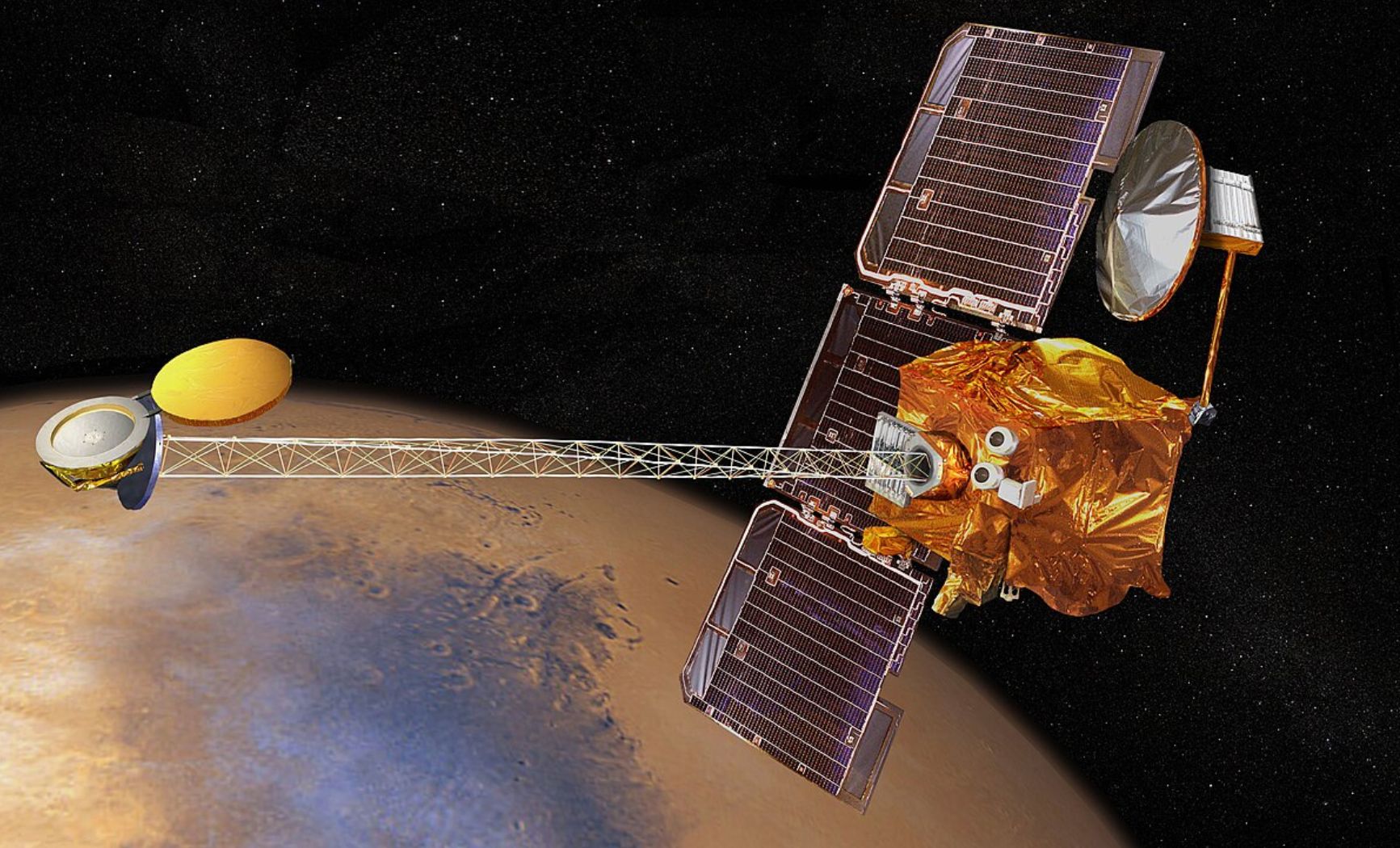NASA’s longest-running mission to Mars, the Mars Odyssey orbiter, has reached an extraordinary milestone by completing its 100,000th orbit around the Red Planet since its launch in 2001.
This remarkable achievement not only underscores the durability and success of the mission, but also highlights the significant scientific contribution the spacecraft has made over more than two decades.
The mission provided invaluable data that changed our understanding of Mars, paved the way for future exploration missions, and deepened our knowledge of the planet’s composition and potential to host life.
Celebrating a milestone in space exploration
On June 30, 2024, Mars Odyssey Orbiter marked its 100,000th orbit around Mars, a testament to the robust engineering and sustained efforts of the teams involved in the mission’s success. Launched on April 7, 2001, the probe was designed with the primary goal of mapping the composition of the Martian surface and detecting water and ice beneath it.
During its 23 years in orbit, Mars Odyssey has provided an immense amount of valuable data that has greatly improved our understanding of Mars and set the stage for future exploration missions. This milestone not only highlights the resilience of the spacecraft, but also reflects the determination and ingenuity of the scientists and engineers who managed the mission through numerous challenges and advances in technology.
Revealing the Grandeur of Olympus Mons
To celebrate this milestone, NASA has released a stunning panorama Olympus Mons, the tallest volcano in the solar system. Located near the equator of Mars, Olympus Mons it stands approximately 22 kilometers (13.6 mi) above the surrounding plains, making it nearly three times the height of Mount Everest. The image, taken in March 2024, offers a detailed view of the massive caldera and complex structure of the volcano, showing the geological complexity and majesty of this Martian feature.
This new image is part of an ongoing effort by the company Odyssey to provide the team with high-altitude views of the Martian horizon and help scientists study the planet’s geological and atmospheric conditions. Detailed view Olympus Mons not only improves our understanding Martian Volcanology but it also provides insight into the planet’s tectonic and thermal history, offering clues about its past geological activity and potential for future eruptions.
Mars Odyssey Continuing Science Contributions
The Mars Odyssey mission helped expand our knowledge of the atmosphere and surface of Mars. By capturing high-altitude views of the planet’s horizon at different times of the year, scientists can observe and analyze seasonal changes in the Martian atmosphere. This ongoing effort is helping researchers understand the dynamics of Mars’ climate and weather, which is critical to planning future manned missions.
In addition, the orbiter data was invaluable in selecting landing sites for other missions such as Mars rovers Spirit, Opportunity and Curiosityand played a key role in many scientific discoveries regarding the geological history of Mars and the potential for past life. The comprehensive data collected by Mars Odyssey allowed scientists to create detailed maps of the Martian surface, identify mineral composition, and detect subsurface ice deposits, all important data for future exploration and potential colonization efforts.
The Lasting Legacy of Mars Odyssey
Since arriving on Mars, Mars Odyssey Orbiter amassed a vast repository of data, including detailed maps of the planet’s surface, information on its mineral composition, and evidence of water ice. This wealth of data has contributed significantly to our understanding of the geological and climatic history of Mars. The mission’s longevity and success provided a foundation for future exploration, demonstrating the importance of sustained science missions in unraveling the mysteries of our planetary neighbor.
Continued operation Mars Odyssey ensuring it remains a vital asset for Mars exploration, contributing to ongoing research and supporting future missions. Data collected by Mars Odyssey was used to identify and study various surface features, including valleys, craters, and potential landing sites, providing a comprehensive understanding of Mars’ diverse terrain and geological processes.
